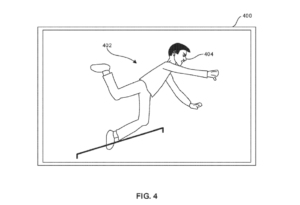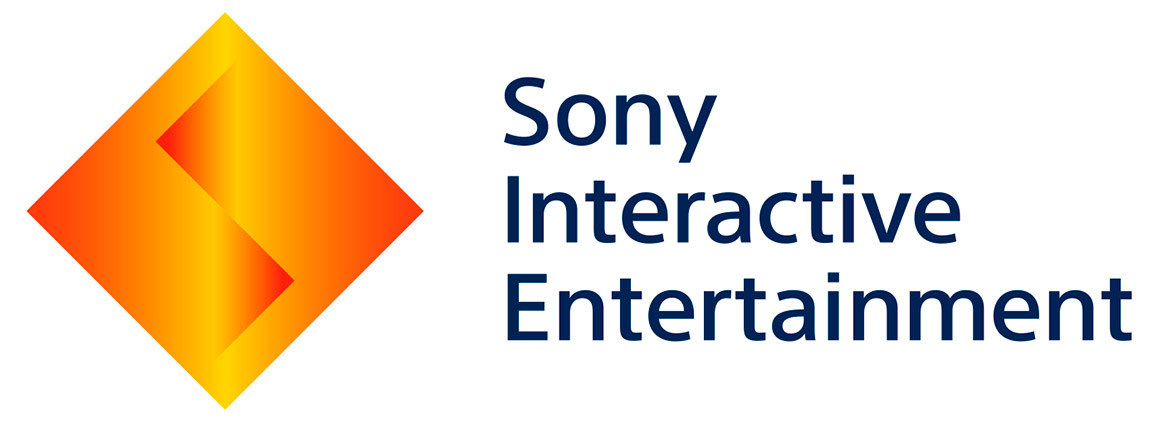“Critical existence failure” has often been an issue with many games, where characters, despite being injured, don’t behave like it in-game. A new Sony game model injury patent, however, appears poised to patent a system that will streamline work required to animate injuries that occur during gameplay, according to the summary.
“To animate such injuries, the game engines typically access “injury” animation sequences that are separate from the motion model used for non-injured characters, and that must be pre-authored by developers.”
Creating new animations based entirely on being injured is a significant part of many games, but if the patent does what it’s supposed to and makes models able to react more realistically to injuries without having to craft entirely separate animations for them. This can all be done by focusing the engine’s attention on a certain point, according to the description.
“Injuries can be simulated using machine learning. Constraints may be imposed on joints of rigid bodies that serve as character models and the length and/or weight of links in the rigid bodies (emulating body parts) may be varied in response to an emulated injury to simulate injury of in-game character animations.”

The Sony game model injury patent will likely have a great deal of use in future games regardless of publisher as well; the prospect of having to spend less time animating characters makes games able to come out faster and greatly simplifies animating. Of course, according to the patent, motion capture will still have to be used.
“The [generative adversarial network] may use Inverse Reinforcement learning to learn a reward function that matches the true movement of an injured person as closely as possible as indicated by, e.g., a MOCAP video.”
So, while motion capture would still be necessary in order to properly capture the animations, being able to set constraints and other aspects of the Sony game model injury patent into animation systems to prevent having to write a whole other set of animations can definitely ease up pressure on animators and motion capture artists alike. You can read the full text of the patent yourself by following this link.

